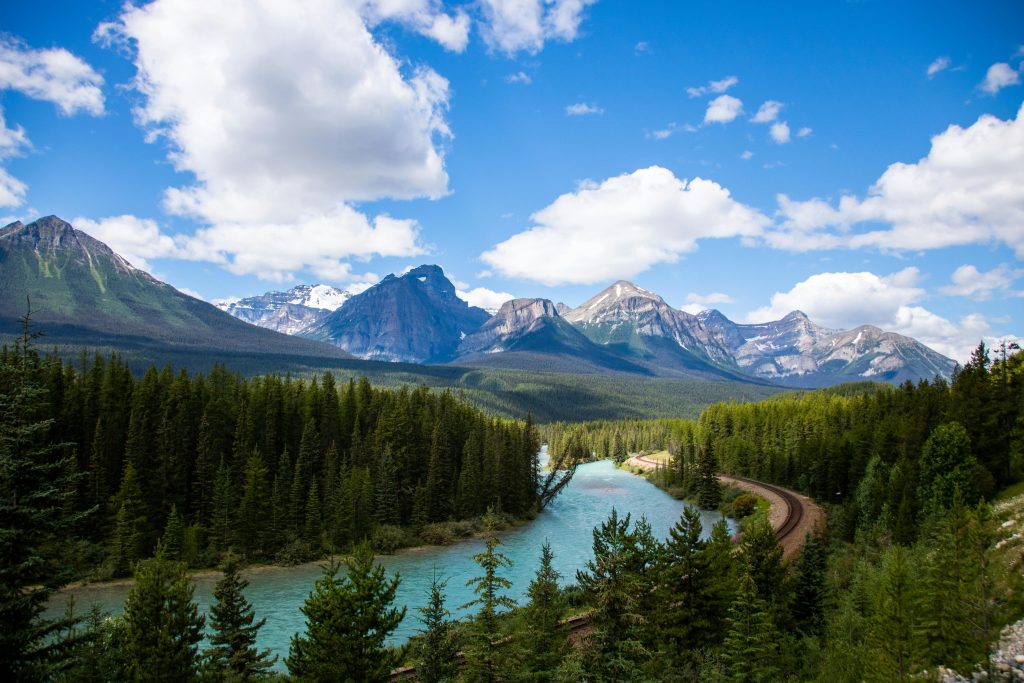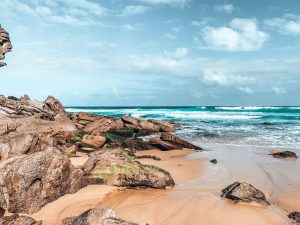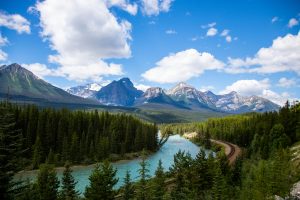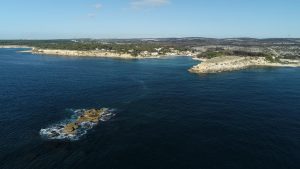Canada released its national, 2020 biodiversity targets, based on the Aichi Targets, in 2015. The first of these 19 targets focused on increasing area-based conservation through the use of protected areas and Other Effective area-based Conservation Measures (OECM). At that time, Canada had protected 10.5% terrestrial and freshwater area and 0.9% marine and coastal area; numbers that had remained relatively consistent for years. Fast forward six years, with historic levels of government funding for nature, new and expanded pan-Canadian partnerships and the attention that only a measurable target can create – Canada had increased the total terrestrial and marine area protected or conserved by 76%. Canada is now at 13.5% terrestrial and 13.9% marine conserved area.
Setting the Stage for Significant Conservation Gains
Home to 25% of the earth’s wetlands and boreal forests, 20% of its freshwater, and the longest coastline in the world, Canada is a vast and varied country.
Action follows ambition – as a result Canada’s protected and conserved areas target is essential to accelerated progress. In 2016, Canada launched the Pathway to Canada Target 1 initiative. This initiative brought together Indigenous, non-government, industry and youth partners as well as national, subnational and local government partners to identify what was needed to create more area-based conservation action in Canada’s terrestrial biome.
This effort resulted in two guidance reports We Rise Together from the Indigenous Circle of Experts and Canada’s Conservation Vision from a National Advisory Panel. Following on these recommendations, a suite of aspirational, pan-Canadian commitments from national and subnational governments was released in One with Nature[1], which identified four priority areas for collaborative action to increase the quantity and quality of Canada’s protected and conserved areas network in the right ways.
- Priority 1: Expand the system of protected and conserved areas
- Priority 2: Promote greater recognition and support for existing Indigenous Rights, Responsibilities, and Priorities in Conservation
- Priority 3: Maximize Conservation Outcomes
- Priority 4: Build Support and Participation for Conservation with a Broader Community.
This collaboration led to pan-Canadian definitions for protected areas and OECMs; national guidance on Indigenous Protected and Conserved Areas (IPCA) and other Indigenous-led area-based conservation action; as well as a suite of tools including a pan-Canadian Decision Support Tool to aid decision makers in identifying protected areas and OECMs. It also led to pan-Canadian attention and support for efforts such as the development of national connectivity indicators, the development of a national Key Biodiversity Area (KBA) standard, and the identification of national and global KBAs.
A critical part to the momentum during this time, was that the Canadian government made the biggest investment in Nature in the country’s history – investments accelerated progress on protected and conserved areas. By the end of 2021, Canada was reporting 13.5% terrestrial and freshwater area and 13.9% marine area protected or conserved – including over 170 terrestrial OECMs and over 35 marine OECMs. These OECM cover 90,789 km2 of terrestrial and freshwater area and 274,555 km2 of marine and coastal area.
This was accomplished through partnership actions such as:
- Indigenous-led conservation efforts resulting in areas such as Edéhzhíe National Wildlife Area and Dehcho Protected Area –an area of great ecological, cultural, and spiritual significance for the Dehcho and Tłichô Dene; and
- Thaidene Nëné Indigenous Protected Area – an Indigenous protected area that was designated by the Łutsël K’é Dene First Nation and portions of which have been designated a national park reserve, a territorial protected area, and a wildlife conservation area.
- The recognition of OECMs such as Canadian Forces Base Shilo, which is home to 17 at-risk species including insects, grassland birds and the area’s only lizard – the Prairie Skink.
- The designation of Marine Protected Areas such as Tuvaijuittuq Marine Protected Area – meaning “the place where the ice never melts” in Inuktitut. Located in an area that has been used by Inuit for travel and harvesting, this culturally and historically significant marine area is considered globally, nationally and regionally unique due to the presence of multi-year pack ice.
Canadian Commitments post-2020 and Continued Action
The Government of Canada has made significant investments in nature and nature-based climate solutions to address climate change and biodiversity loss, including by setting an ambitious target to protect 25 percent of our lands and oceans by 2025, while working toward 30 percent by 2030. As a member of the High Ambition Coalition for Nature and People and the Global Ocean Alliance, Canada is working to build support for a 30 percent target internationally.
In 2021, the Government of Canada committed $4.1 billion to nature protection, including an additional $2.3 billion over five years for Canada’s Enhanced Nature Legacy, to continue supporting nature conservation measures across the country, including Indigenous leadership in conservation.
With many projects already advancing across the country – led nationally, sub-nationally or locally – Canada is well on its way to meeting its target.
By working in partnership, Canada and Canadians are making progress on recovering species at risk, while restoring and protecting the habitats that support Canada’s incredible biodiversity. Through actions like these, Canada is working to halt and reverse nature loss by 2030 and achieve a full recovery for nature by 2050.
Canada’s approach to reaching 30% by 2030 nationally is a three-prong approach:
1. Protecting the right amount of habitat to support viable populations of all species;
2. Protecting the right areas so protected and conserved areas can function as a representative ecological network, not simply as “islands of green;” and
3. Managing areas in the right way—a way that looks for cooperation across jurisdictional boundaries, and respects natural boundaries where possible
Canada sees a path to achieving this commitment through strong domestic partnerships and support that will need to include Indigenous peoples, sub-national governments, industry, environmental non-government partners and Canadians at-large.
[1] Québec is not tied to this report. Québec has taken note of the 2020 Biodiversity Goals and Targets for Canada, but has not adhered to them because, by virtue of its responsibilities, it develops its own instruments to implement the UN Convention on Biological Diversity and to contribute to the achievement of the Aichi Targets. Québec sets its own conservation priorities and timelines on its territory, and collaborates with the federal government and the provinces and territories when deemed necessary. Québec does not participate in the Pathway to Canada Target 1 initiative, but it contributes to the pan-Canadian effort by achieving an identical target for the creation of protected areas on its territory and its inland water by 2020



